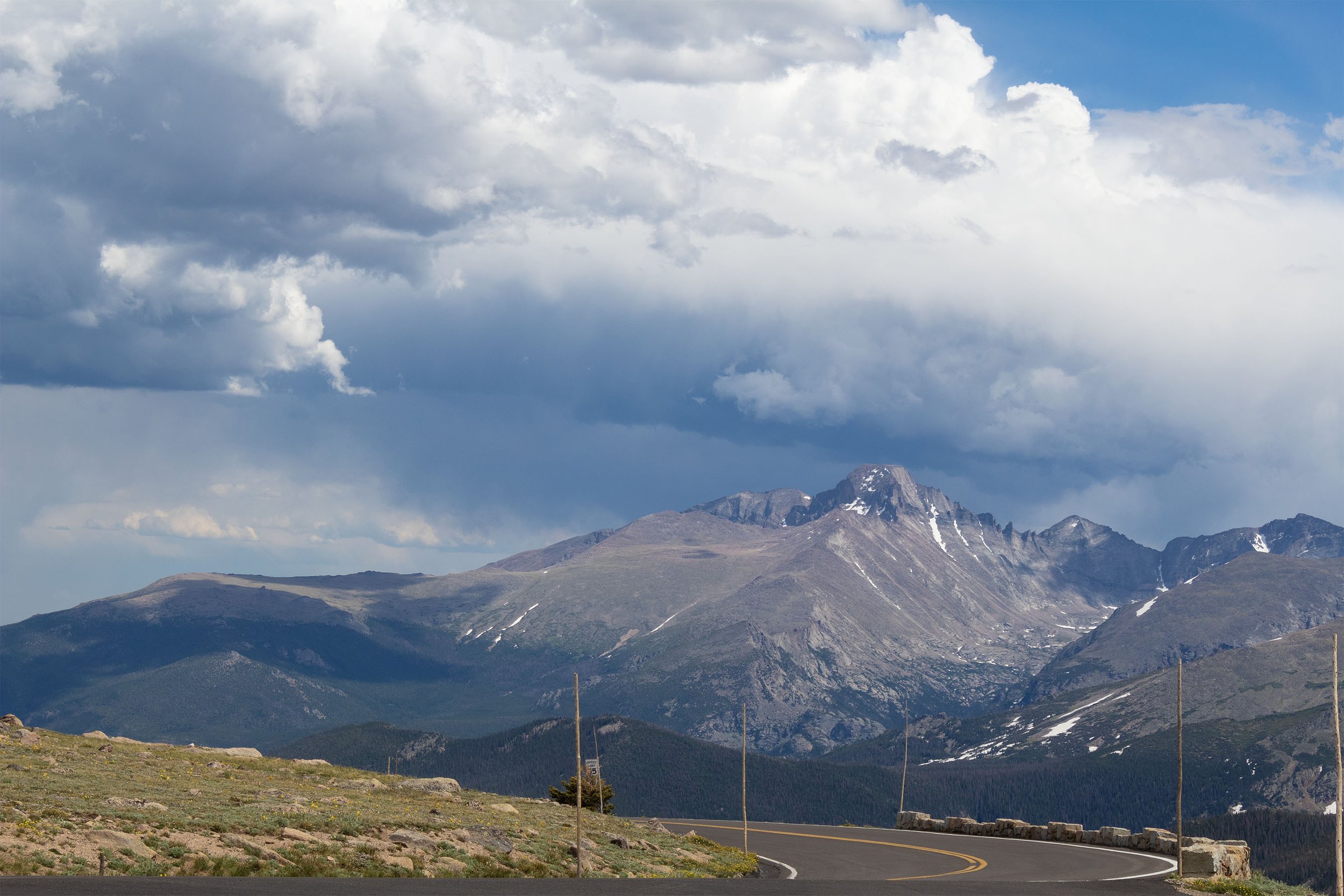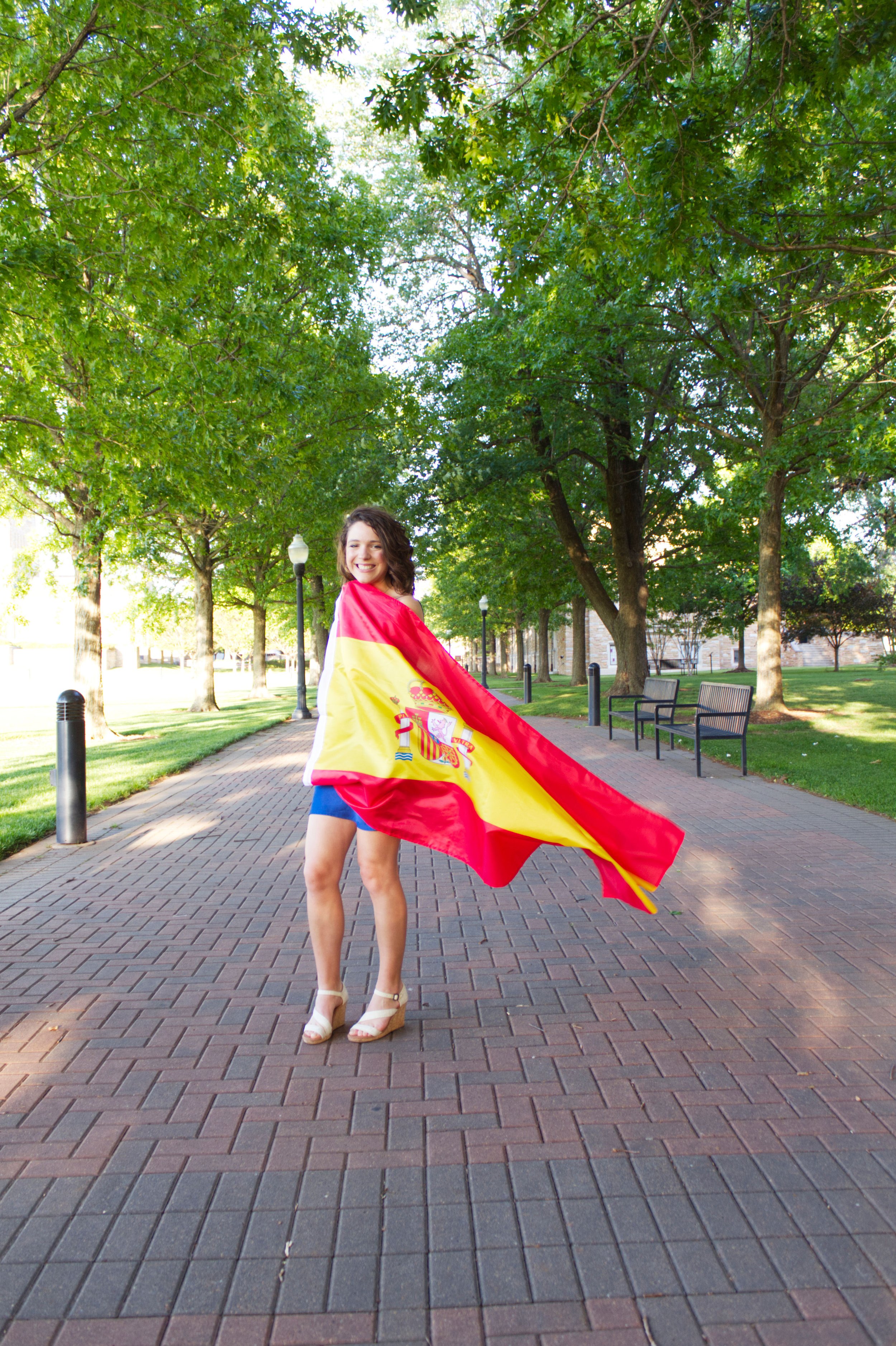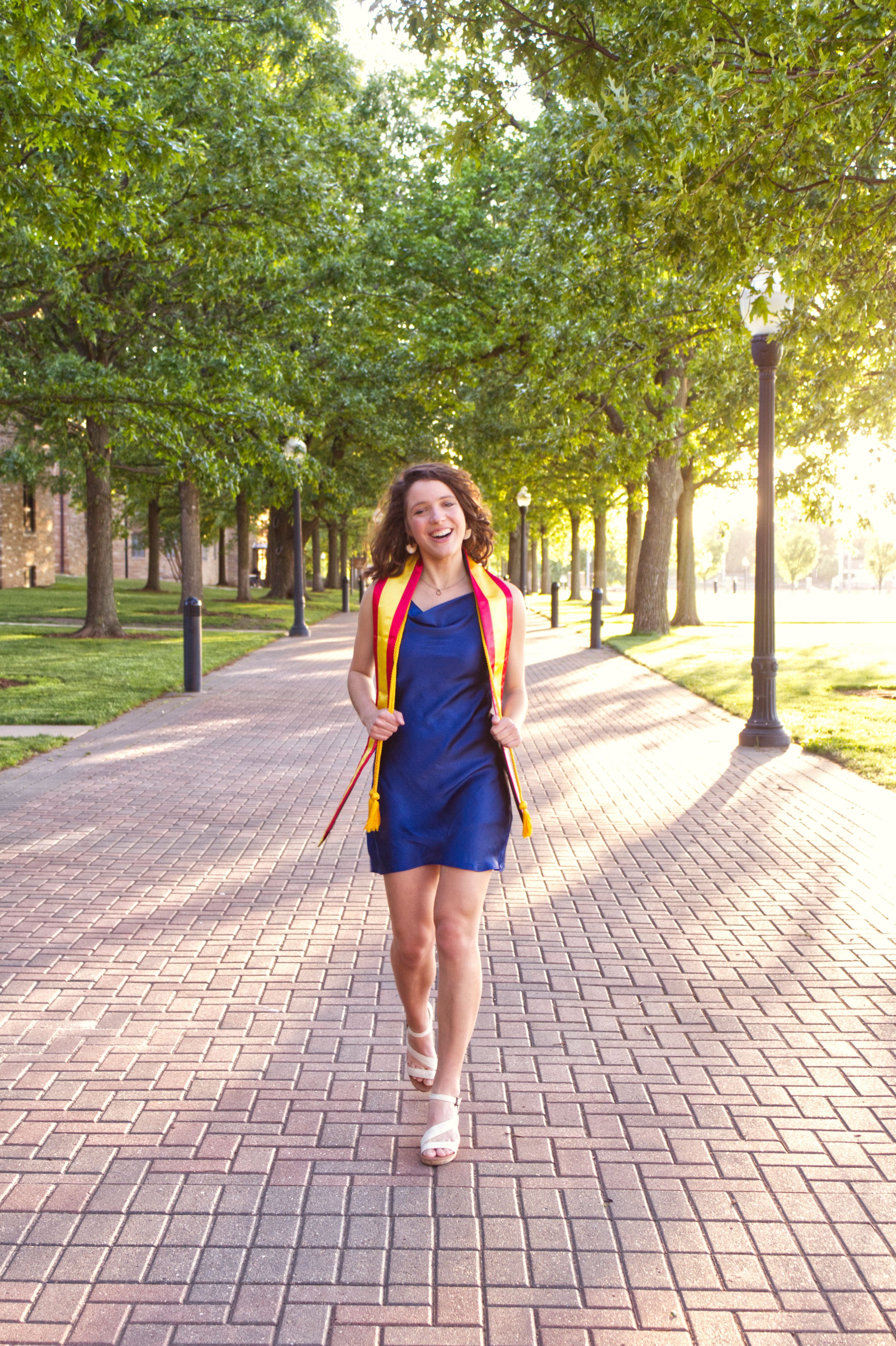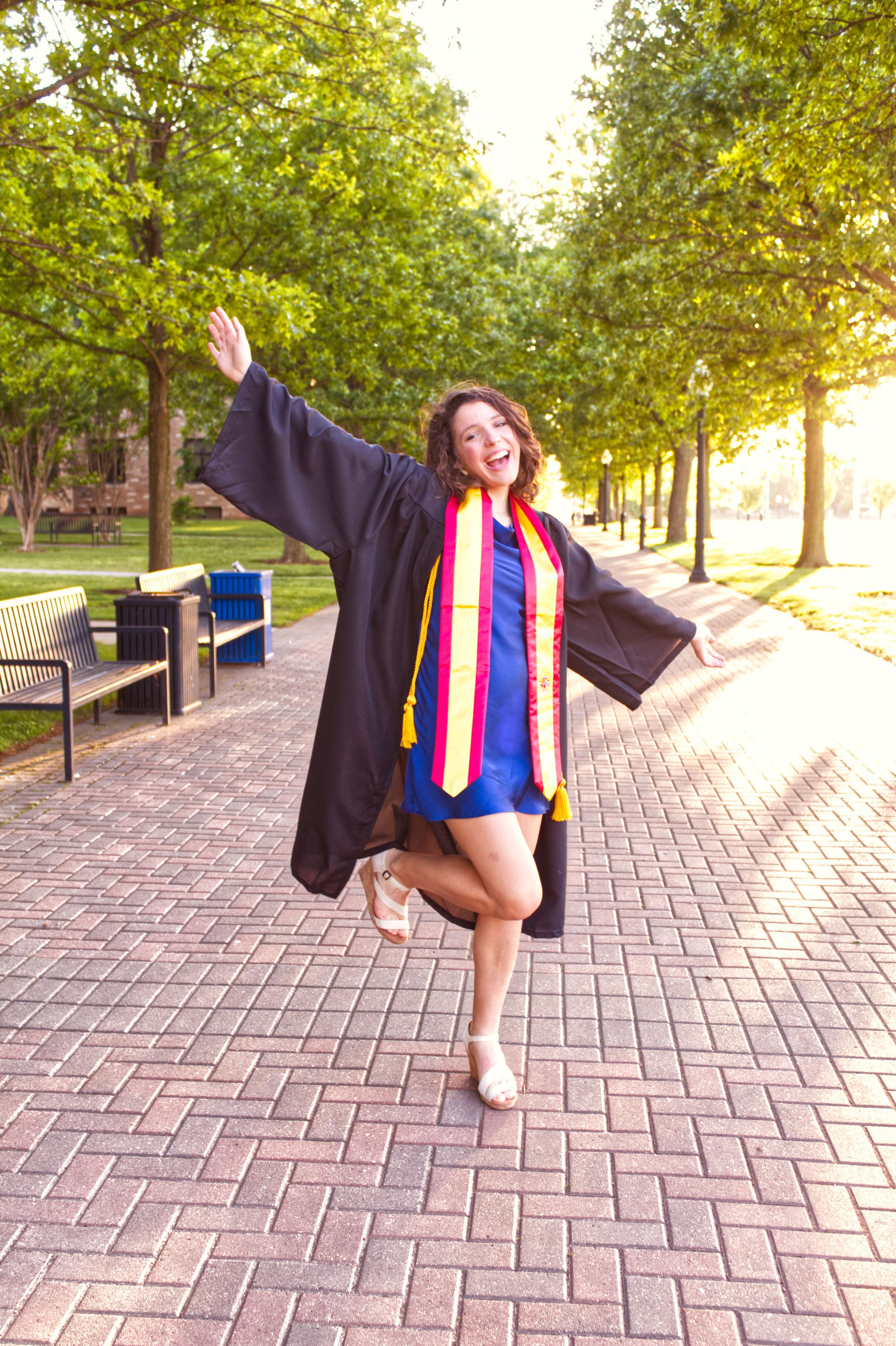Series
Playing House
2022
But A Number
2021
State of the Union
In the Car
2021
2021
2019-Current
Commissions
Colorado
2020
Rose District
2022
Arches
2021
Garden of the Gods
2024



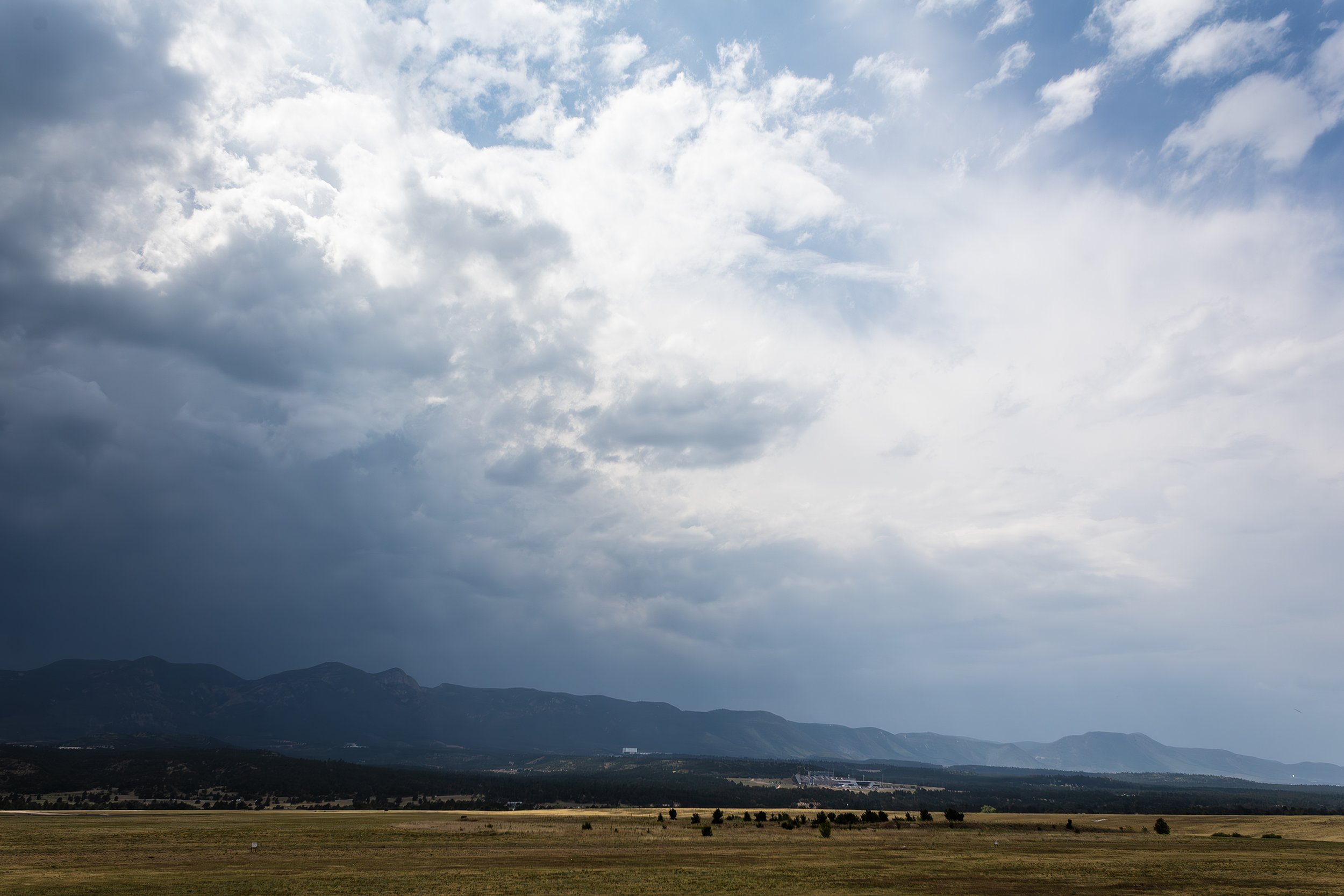






















































































































































The photographs in this project are all of my maternal grandparents’ home, where I spent a significant amount of time as a child, and still do as an adult, although in a much different way. This series focuses heavily on family dynamics, and how those dynamics are affected by change over time. My family is fairly large and intergenerational, so there is an evident contrast between the views of the younger members and the older in terms of expectations surrounding legacy. The influence of growing up around older generations and the idea of legacy has become increasingly obvious as the youngest generation, which I am a part of, have begun transitioning into a new season of life, where the decisions we make seem to hold more weight than they ever have before. Now that childhood has faded into a rose-colored memory, the complexities of what it means to be in a family have come clearer into focus.
While the collection revolves around personal relationships, none of the images feature live people. Rather, the presence and impact of people are still evident through the objects they choose to leave behind, and how they arrange those things in that particular space. Certain items are cast aside, collecting dust, while others are displayed proudly on walls and shelves. These choices reveal the owners’ priorities, as well as how they want to present themselves. The perspective of each photograph, as well as the objects emphasized, are important as they illustrate the juxtaposition of past and present. An example of this is the low to the ground perspective, which can be seen in the images of the backyard. The vantage point mimics the view of a child, while the actual scene in the composition brings the viewer back to reality and reminds them that what is there can never be the exact same as it was remembered. The rusted wagon may be in the same location, but it is no longer seen as a chariot to ride on adventures, and the old tire is still there, but it is not the home for sandcastles that it once was. Many of the images have warmer tones, and shallow depth of field, which help to communicate memory and nostalgia. The warmer tones are reminiscent of time spent running around outside, soaking up the sun, and the shallow depth of field illustrates the slight abstraction that comes with remembering the past. The objects focused on not only show the personality of the owner, but they are also a reflection of the things I held dear as a child, such as the toys I played with, or the bed sheets and tall-backed chairs my cousins and I would construct houses from, which are now tucked neatly away in closets and under tables.
Although the photographs are candid representations of the real state of the house, they are really a story of my family. Each item is a kind of symbol for the state of the family, highlighting both smaller and larger narratives that have already or are currently playing out between people. The objects which were so significant in the past, captured honestly in the present moment, characterize the current condition of the place, and especially the people that frequent it. The series is simultaneously a genealogic and diagnostic record, which enlightens through the obscure and mundane.
You can purchase the book “Playing House” at my storefront on Blurb. It is available in multiple sizes and cover options, as well as in digital form, to fit multiple price points.








My artwork as a whole has always revolved around people, and my photographs are no different. Even if some of my photographs lack the presence of a human model, the composition still serves as a kind of portrait of humanity. When my photographs do feature people, as this series does, they are typically people I have a close relationship with. I prefer this to using hired models because I find it easier to get the candid snapshots of life and relationships I am after.
This series is a collection of portraits of my beloved maternal grandparents in their home. They have been married for over sixty years, and in love with one another for over half of their lives now. The project was built around the juxtaposition of natural/unnatural, and I believe their marriage and age make them the perfect models to represent my interpretation of this idea. Photographs of the elderly are typically somber and depressing, as you watch people become stale towards the end of their life. My grandparents are nothing like that, and these photos show the liveliness they still have together. This is conveyed in my Granddaddy’s unconventional facial expressions and my Grandmother’s, in her own words, “clownish” makeup, which abandon any sense of decorum. The continuity of the couch they sit on in each photograph is a symbol of their unity, as well as a hint of their sense of comfort in the space they have built together. Their lack of any presumed propriety that people may expect from them due to their age may seem hilariously unnatural to viewers who do not know them personally, but their playful dynamic and zest for life expressed in the images is completely natural to their characters.
These photographs capture the glimmering moments of optimism that are often ignored or completely glossed over in our culture. They remind the viewer that age is just a number and cause them to reassess what they take for granted or consider worth ignoring in the monotony of the domestic scene. The portraits are evidence that enjoyment of life is dependent on the state of one’s mind, not one’s season or setting, and that every stage of life is worthy of being captured and appreciated.











The photographs in this series are of my parents and maternal grandparents in their respective homes. The images capture their environments and the way they interact in them as they go about their day. The series focuses on individual and collective identity in the mundane domestic scene, and explores how living in a shared space with a romantic partner for an extended amount of time affects the way one defines themself. The daily habits of the couples, as well as how they choose to keep their spaces show where their priorities lie.
While creating the images, I kept everything as candid as I could by not moving or rearranging anything I found. The poses of the models were technically orchestrated, but my familiarity with their mannerisms due to my relationship with them helped to maintain the images’ ease and honesty. The fact that I did not move any objects in the process of taking the photographs allowed for there to be a mix of both arranged and organic compositions. While I did not arrange any objects, some of the objects were intentionally placed by their owners as a decoration choice. Simultaneously, some images, like that of the crooked embroidered signs, are composed the way they are due to “happy accidents” as Mr. Bob Ross liked to put it. In the case of that photograph, the ironing board had tipped over and pushed the bottom frame diagonally on the wall, making the image much more dynamic than it would have been with the frames perfectly in order.
The images serve as a kind of catalog of the patterns that are both intentionally and naturally formed from circumstance, and preserved in the union.







This series of images are of my parents, in their individual vehicles, sitting on the driveway of their home. The project revolves around the relationship between public and private space, and explores it within the context of being in a romantic relationship. The car is often where people feel they can be alone to have a private conversation or a moment of solace, but they still remain visible to the outside world through the windows. At the same time, drivers and passengers in the car can see into other vehicles, whether that be by staring through the rearview mirror, or peering down from a tall pickup into a low-to-the-ground sedan. There is no such thing as absolute privacy, yet people often act as though they are under that protection when they are in a car.
The car is a place of transition, as it physically carries the passengers from one location to their destination, yet it can simultaneously be a place of emotional or relational transition. The photographs feature my parents together in the car, as well as alone. This combination of the two shows both the nature of their interaction as a couple, and their contemplative moments as individuals. The close proximity of the capturing of the photographs causes the viewer to feel as if they are actually in the car, overhearing something from the backseat. There is a certain level of ambiguity in the images of the couple together caused by the natural reflection of the trees and other surroundings cast onto the windshield, which obscures some information in the image, but also emphasizes important details which reveal aspects of their relationship. No matter how close the viewer can get, however, there is still room for misconception.
The photographs question the boundary between public and private, and examine the societal norms we rationalize due to our understanding of those terms.

























































































